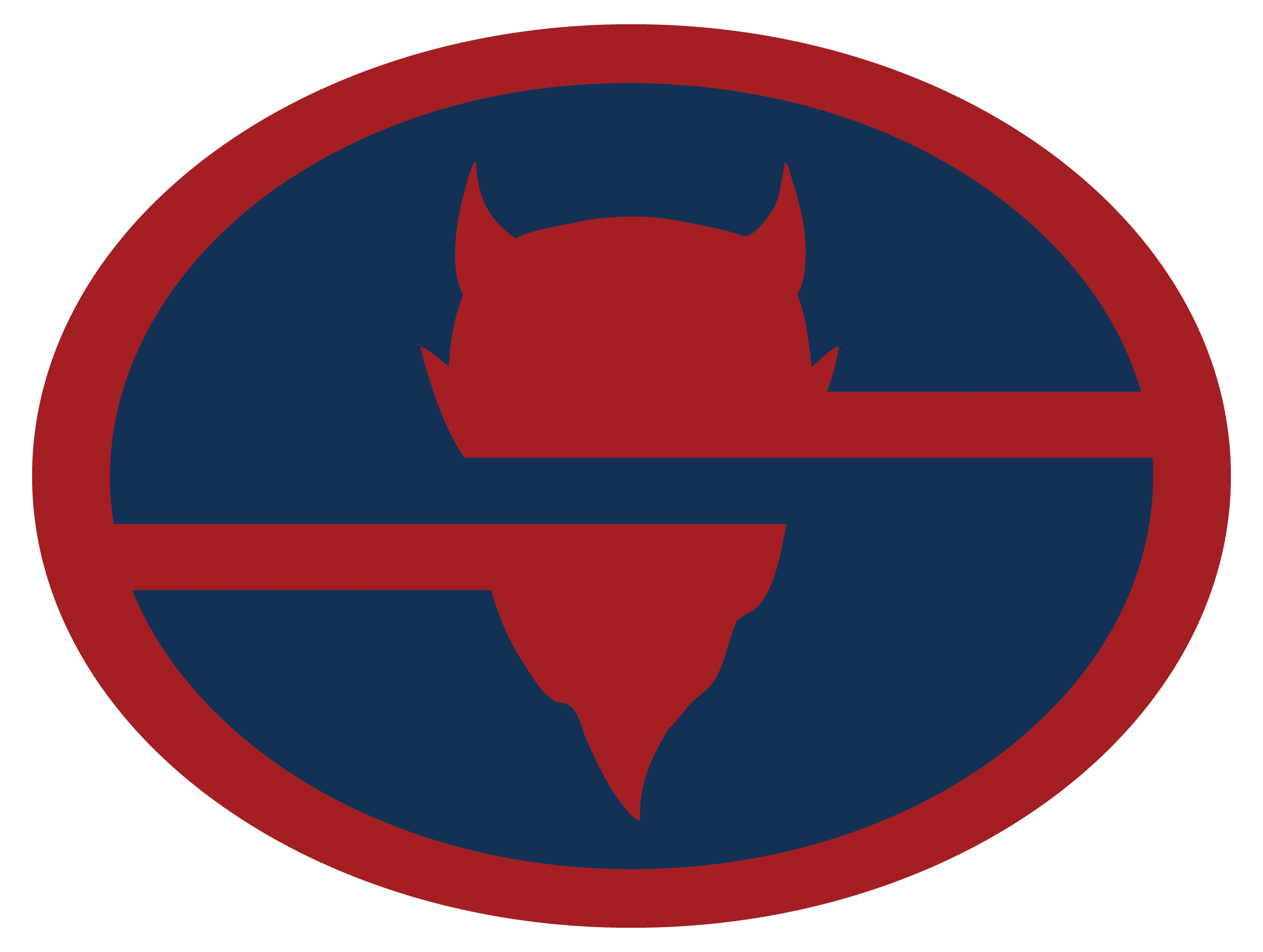| Attachment | Size |
|---|---|
| In the Trenches4.jpg | 84.83 KB |
| In the Trenches5.jpg | 129.88 KB |
| In the Trenches1.jpg | 165.11 KB |
| In the Trenches2.jpg | 140.64 KB |
| In the Trenches3.jpg | 135.21 KB |
| In the Trenches6.jpg | 155.49 KB |
When you hear “trench warfare” you might think of shells exploding overhead, wet and muddy trenches, and cold meager rations. Several weeks ago, the SHS Library was turned into a simulation of trench warfare so seniors in Mrs. Lisa Simmons’ and Ms. Jill Thackeray’s classes could experience what it was like to be a soldier in the the trenches of WWI.
To begin the activity, students were marched into the library by U.S. Army Staff Sergeant Angeli and Private Dunkley before filling out facsimiles of WWI Draft Registration forms. Taken outside to the courtyard where they had to demonstrate their physical fitness, they were then outfitted and issued strapped pie-plate tin covers (representing WWI helmets), their weapons of choice (a sharpened pencil “mightier than a sword” and army post-its), and a pair of authentic stamped dog tags on a chain bearing their names and inscription: Seared in Memory, 1916 Verdun and the Somme, and simulated WWII era C-rations.
Students in the trenches (turned over tables) had the opportunity to sample the cold C-rations that included food items like Chiclets, chocolate, beans, and biscuits, read authentic letters soldiers had written home to their families, and participate in a brief “Over the Top, Boys!” attack during the Battle of the Somme between the British/French and German trenches. Or SHS seniors engaged in throwing rounds of wadded newspaper and attempts to charge across the barbed wire and corpse-ridden no-man’s-land, having heard from Staff Sgt. Angeli and SHS Librarian, General Rabner, what it was like to be in mortal combat. Those who were “hit” were either taken to the “Dead Zone” or to one of the two British or German field hospitals. A sobering event occurred throughout the day when a bell would toll unexpectedly (a reference to Ernest Hemingway’s For Whom the Bell Tolls) and CSM Simmons would draw out several students’ registration cards. These soldiers were pronounced dead, casualties of war, and escorted to the “Dead Zone” (ala Our Town stylized cemetery).
General Rabner also gave a moving instructional multimedia presentation on WWI comprised of photos from her own travels to historic battlefield sites and camps, a Centennial Commemoration of the battles of Verdun and the Somme, and a poignant rendition of John McCrae’s In Flanders Fields. Throughout this experiential learning event, students discovered more about the harsh conditions and realities of life in the battlefield and the nature of war.
One of the most memorable parts of the activity was the opportunity students had to listen to a panel of veterans (i.e., F. Keith Davis, Reed Clements, Fred Hurst, Stan Jorgensen, Richard Howell, Bowden Angeli). A WWII veteran who served in the European theater, landed on the beaches of Normandy, fought his way across Europe to Bastogne and the Battle of the Bulge, and then liberated a Nazi concentration camp, Mr. Davis’ message was echoed by each of the veterans and reinforced a theme of the entire event: Never forget the sacrifices that our veterans have made to keep us free.
